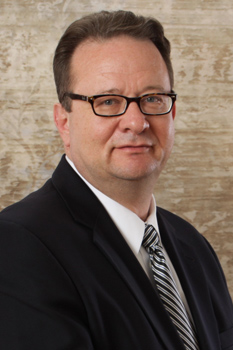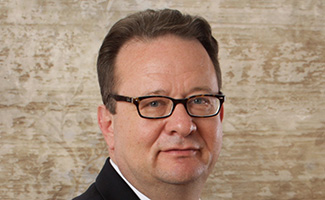
Simmons Hanly Conroy attorney Gary DiMuzio delivers a masterclass on how to approach expert witness admissibility in toxic tort cases in a recent article he authored, published in the May issue of Trial, the award-winning magazine published by the American Association of Justice (AAJ.)
DiMuzio is of counsel in the Asbestos Department at Simmons Hanly Conroy, having joined the firm in 2019, after more than 25 years advocating for plaintiffs poisoned by pollution. In such cases, expert testimony serves a pivotal role in helping a jury to understand the scientific connection between the defendant’s actions and the plaintiff’s illness or injury.
In the Trial article, titled “Fortifying Against Daubert,” DiMuzio shares practical steps plaintiff lawyers can take to ensure their experts get a chance to be heard by the jury. They should anticipate that the defense will use every trick in the book to weaponize the Daubert standard in order to keep jurors from hearing the truth.
Daubert refers to the U.S. Supreme court case, Daubert v. Merrell Dow Pharmaceuticals, which established the standard used by judges to determine the admissibility of expert testimony.
A veteran of Daubert hearings and challenges, DiMuzio outlines some of the ways plaintiff lawyers can get drawn into losing battles at this critical bottleneck. “Daubert is about proper methodology and data,” he writes, “not the ultimate conclusions.”
Was the proper method used? Is the data reliable? It’s critical to keep the judge focused on the standards, rather than on the spurious attacks and confusing half-truths proffered by the defense. He shares several authoritative references that can properly frame the questions of methodology in the judge’s mind.
Working with an expert before hearings and testimony is also important. DiMuzio narrows in on the key preparations. Discovery depositions of plaintiff experts, if orchestrated correctly, can be an opportunity to educate the judge, or serve as a “firewall” against the defense’s case, he writes.
Just as the defense will work to disqualify expert testimony and evidence, so too will they seek to use research-for-hire from “doubt science boutiques.” DiMuzio walks through several ways to counter this increasingly common tactic, as well as identifying key players in the bogus industry.





